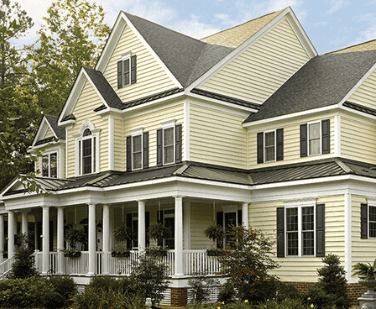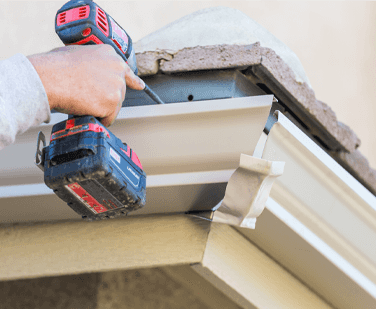How to Tell if You Need New Siding
The siding on your home doesn’t just improve curb appeal. House siding plays a vital role in protecting the building materials beneath the planks and panels.
Your home’s exterior covering also helps to seal your property to ensure that insects and moisture don’t get inside.
That’s why it’s crucial that you watch out for these signs of siding damage.
Consider Replacing Fading House Siding
One of the first signs of siding damage in Philadelphia is a loss of color. Although you might find the fading unsightly, siding contractors know that this is a sign of oxidative stress.
Over time, the constant exposure to sunlight and harsh weather can cause the siding materials to break down. Fading is often associated with aging, which could compromise the structural integrity.
Check for Visible Signs of Siding Damage
Fading is only one sign of damage that you might notice. With proper siding installation, you shouldn’t see large gaps between the different planks. Each piece of siding should also rest evenly along the exterior of your home.
Seeing sagging or missing panels is always cause for concern. Siding damage can also show up as buckling, blistering or cracking that needs to be addressed right away.
Look Inside Your Home for Moisture Issues
If siding damage increases, then you could notice issues inside your home. Many cases of damage allow water to seep inside. You might notice peeling paint or wallpaper on the walls near areas with siding damage.
Mold and mildew growth could also be linked to cracks in the exterior covering of your home.
Be Concerned About New Pest Infestations
Siding contractors are sometimes the first people to identify the source of new or worsening pest infestations. Cockroaches, ants and other small insects can take advantage of small cracks in the panels to make their way into your home.
If you notice that pests seem to be coming from the walls, then it’s worth checking outside to see if a crack or hole in the panels could be serving as an entry point.
Pay Attention to Rising Energy Bills
With today’s rising energy costs, you want to do everything you can to prevent high utility bills. Installing a sturdy roof helps to insulate your home, and a new siding installation may also help keep heating and cooling costs lower.
Siding damage in Philadelphia often leads to higher energy bills, especially when the issues develop during the height of the summer or winter seasons. Once the panels lose their structural integrity, they may no longer have good insulating properties.
If damage is causing your home to have higher energy needs, then you may also feel drafts in rooms near the walls.
Contact Phil DiBello Family Roofing in Baltimore, MD for a Siding Inspection!
Figuring out if you are dealing with siding damage in Philadelphia is as simple as asking an experienced roofing and siding technician to perform an inspection.
During an inspection, the technician can assess the condition of the siding and make recommendations for repairs or replacement.
Reach out to our team to assess your home siding and make plans to protect the exterior of your property.



